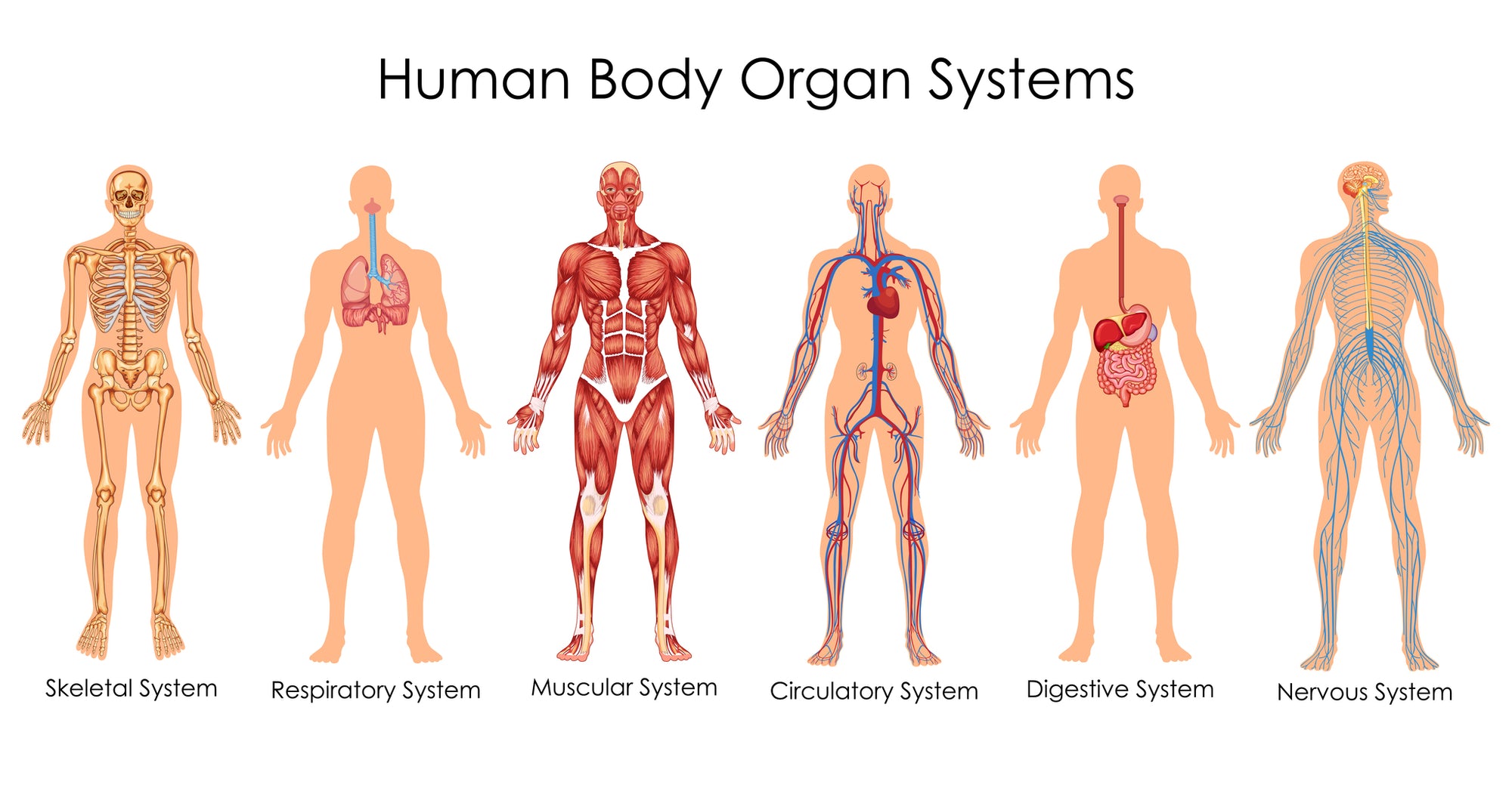
The Architecture of the Human Body
Made up of bones, muscle, tendons, ligaments and nerves, the musculoskeletal system of the human body allows us to maintain our posture and to move.
Bones make up our skeleton. The skeleton supports all of the soft tissue systems of the body, and protects them, as well.
Muscle supports our nervous system, giving us strength and balance so that we can stand upright and move our bodies. Muscle is also our source of heat.
Our joints connect our bones to our muscles, and without them we could not move. The major connecting joints of the body are found in the knees, shoulders, pelvis, wrists and elbows, and fingers and toes.
Ligaments are bundles of fiber (fibrous connective tissue) that connect our bones at our joints, providing both stability and strength at those connections.
Tendons are also fibrous bundles (fibrous connective tissue) which connect to the ends of each bone, connecting muscles to the bone, enabling movement.
Cartilage is another structure, somewhat like rubber, that is found at the end of the bones, creating a cushion between
the bones. Cartilage enables us to move our joints smoothly.
Aging and the Body
As we age our bodies gradually change. As cells, systems and internal organs change, they effect the various functions of the body. With aging cells grow larger, lose the ability to multiply, and stop growing. Not only does the functions of cells weaken, but at times abnormalities occur. Changes at a cellular level affect the entire system. Cessation of cell renewal, or atrophy, results in loss of flexibility, making movement more difficult. Bones also become less dense and weaker with age. This is true of the spine, as well, where the vertebrae thin and warp, gradually wearing down the discs.
Osteoarthritis, one of the most common types of joint inflammation, frequently occurs with aging. With this condition, the joints harden, losing flexibility, and cartilage begins to wear out. This occurs most often in the knees and fingers joints. As the joints break down they become prone to inflammation, with stiffness, deformation and pain. Eventually, walking becomes difficult, and even routine movement poses a challenge.
Caring for the Body
In order to protect oneself from the deterioration of bones, joints and muscles that come with aging, appropriate exercise is required. With the right kind of exercise, we can maintain sufficient muscle strength, balance and flexibility.
